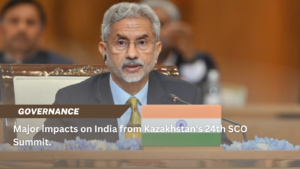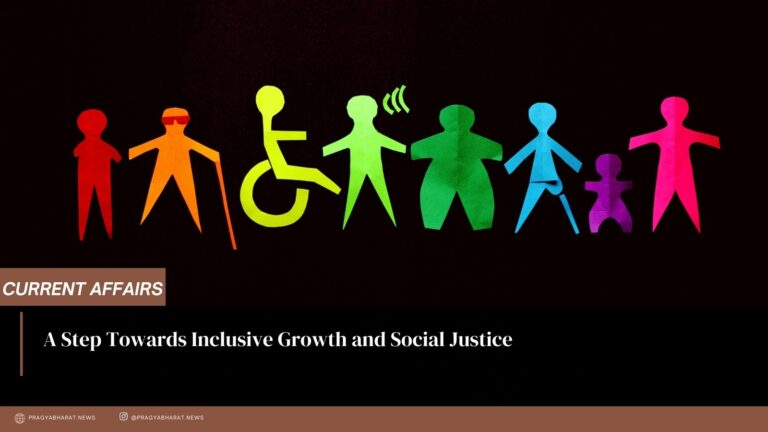The India Employment Report 2024, jointly released by the International Labour Organization (ILO) and the Institute for Human Development (IHD), highlights the persistent challenges of youth employment in India and proposes key policy areas for action. Findings indicate a rise in poor-quality jobs and stagnant wages, with youth unemployment nearly tripling over the past two decades.
The India Employment Report 2024, a collaborative effort between the Institute for Human Development (IHD) and the International Labour Organization (ILO), sheds light on the evolving Indian labor market and the intricate problem of young employment.
The report’s main conclusions paint a conflicting image of India’s employment situation. Despite a clear upward trend in employment growth since 2019, the informal sector which employs around 82% of the workforce continues to be dominated by low-quality occupations. The COVID-19 pandemic has exacerbated the labor market’s problems by upsetting the workforce’s gradual but steady shift to non-farm employment.
The gender gap in the workforce is especially concerning since women make up the majority of those who work for themselves and their families unpaid. The low, flat, or declining wages have created serious obstacles to the financial security of workers. Employment creation has not kept up with technological advancement, even as labor productivity has increased along with capital deepening, demonstrating growth related to technical advancement.
With India at a turning point and its youth population predicted to drop from 27% in 2021 to 23% by 2036, youth employment becomes a critical concern. The report draws attention to the low rate of labor force participation among young people who have dropped out of school and the difficulties highly educated people have finding work. The need to solve youth unemployment is urgent because it nearly tripled from 5.7% in 2000 to 17.5% in 2019.
In response to these challenges, the paper identifies five priority policy areas for action. Increasing the employment-intensiveness of growth and production, enhancing the effectiveness of systems for skill training and active labor market policies, bridging knowledge gaps on labor market patterns with credible statistics, and overcoming labor market inequalities by increasing the participation of women and youth are a few of these.
In order to put the policy suggestions listed in the India Employment Report 2024 into practice, coordinated efforts are required as India struggles with the complexity of its employment landscape. Through tackling the underlying factors contributing to unemployment, improving the quality of jobs, and encouraging inclusive growth, India can create a more fair and sustainable future for its labor force.


















+ There are no comments
Add yours